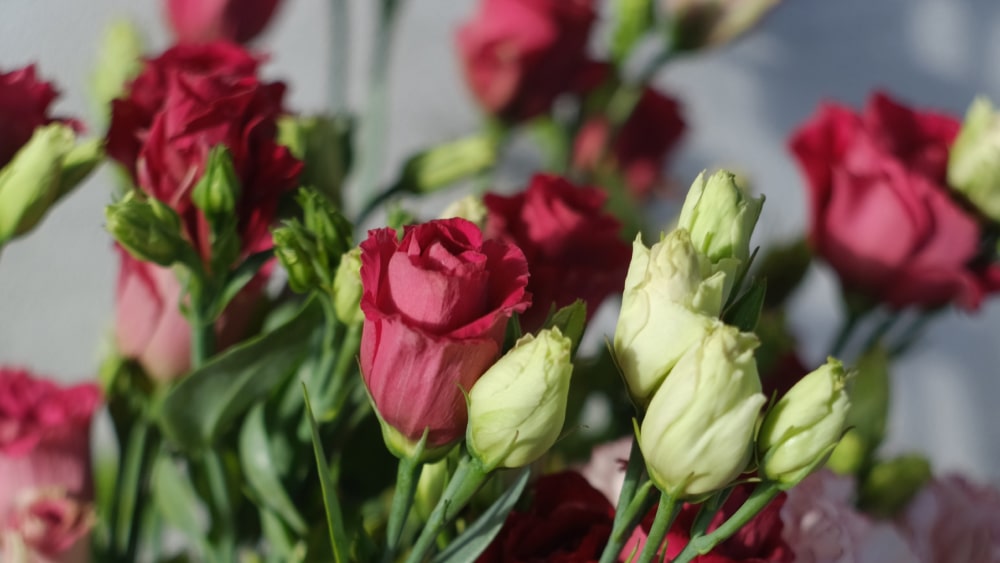
The Lisianthus flower, with its delicate petals and diverse colours, is a captivating sight to behold. This article will introduce you to the Lisianthus, explore its meaning and symbolism, describe its fragrance, and provide tips for its care.
Introduction to Lisianthus Flower
The Lisianthus, also known as Eustoma, is a flower native to the warm regions of the Southern United States, Mexico, Caribbean and northern South America. It’s a popular choice in floral arrangements due to its long vase life and wide range of colours, including white, pink, lavender, deep purple, and even bicolor varieties.
The Meaning and Symbolism of Lisianthus
The Lisianthus flower carries a wealth of symbolism. It’s often associated with charisma and congeniality, making it a popular choice in bouquets meant to convey admiration and respect. The flower is also symbolic of a lasting bond and is often used in wedding arrangements to represent a lifelong union.
The color of the Lisianthus also contributes to its symbolism. White Lisianthus flowers symbolize purity and innocence, while pink ones convey a sense of romance and charm. Purple Lisianthus, on the other hand, are often associated with royalty and traditional values.
What Does Lisianthus Smell Like?
Unlike many other flowers, Lisianthus does not have a strong scent. Its appeal lies more in its visual beauty and the symbolism it carries. The flower’s delicate, rose-like appearance is enough to make it a standout in any arrangement.
Lisianthus Flowers Care Tips
Lisianthus flowers require careful handling due to their delicate nature. When arranging Lisianthus in a vase, it’s important to cut the stems at a 45-degree angle to allow for better water absorption. The water should be changed every two days to keep the flowers fresh, and the vase should be kept away from direct sunlight and heat sources to prolong the flower’s lifespan.
For those growing Lisianthus, these flowers prefer well-drained soil and a sunny location. They need regular watering, but it’s important to avoid overwatering as this can lead to root rot. With the right care, Lisianthus can bloom from late spring through summer, providing a long-lasting display of beauty.
In conclusion, the Lisianthus is a flower that combines visual beauty with deep symbolism. Whether you’re considering a Lisianthus flower arrangement for a special occasion or planning a Lisianthus delivery as a thoughtful gift, understanding the flower’s meaning and care requirements can enhance your appreciation for this remarkable bloom.




